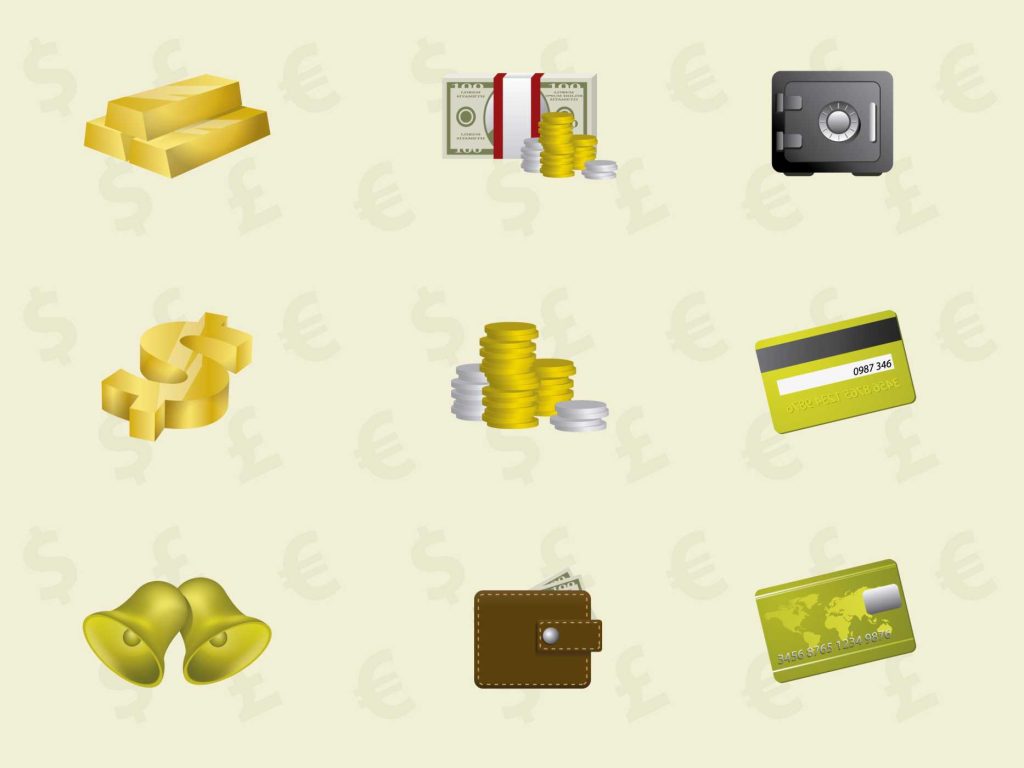Banking, the very foundation around which modern economics evolved, has a glorious history that is thousands of years old. The history of banking showcases human advancement from simple trade systems to today’s highly developed financial networks. The history of banking, in fact, reveals not only the monetary advancement in society but also the values of onwards-the-society institutions and trust.
As far back as 3000 B.C. in Mesopotamia, banking of an elementary kind could be found in temples and palaces. They served as havens for storing surplus grains and other things. As the person would deposit goods in the palace or temple, he could receive certain protections or possible loans in return. Commercial expansion created requirements for increasingly standardized forms of money. This is when the introduction of metals came up. By 2000 B.C., gold and silver began to take on a more popular role as mediums of exchange; they were tangible values easily weighed and measured.
However, the earliest mention of such a bank, according to historians, was in ancient Greece around 600 BC. The rich families and temples now lent money to individuals and also exchanged money between them. Banking practices improved even more in the Roman Empire, giving birth to checks, loans, and credits. Commerce thrived in such a way that the prosperity of the Roman Empire intensified the need for much more complicated operations of banking.
During the Middle Ages, banking underwent a radical transformation. Trade routes developed within Europe, Asia, and Africa increased the need to create a more orderly banking system- in particular city-cities states such as Venice and Florence came to be known as banking centers. This has given birth to many forms of international trade transaction facilitation such as bills of exchange and promissory notes. The famous Medici family, great bankers by profession, prepared the groundwork for modern banking practices, including double-entry bookkeeping, which today’s accounting systems are based on.
The Renaissance entered its great-stream period with the establishment of chartered banks in England and the Netherlands. This transformation took giant steps with the establishment of the Bank of England in 1694, which allowed governments to borrow and manage national debts. Regulation and supervision of banks became a concern as it underlined the fusion of politics and finance in the stable banking systems so that national economies could prosper.
The Industrial Revolution of the 19th significantly revolutionized banking. The Industrial Revolution brought about the establishment of an increasing number of banks, savings institutions, and stock exchanges due to the demand for credit with the growth of railroads and industries. Innovations such as banknotes and checks became widely used as a more convenient means of exchanging values.
Twentieth-century thrust in banking technology saw the advent of electronic funds transfer (EFT) and the introduction of credit cards in the 1950s. These innovations helped to ease transactions by providing users with unprecedented credit and capital access.
In fact, we are now poised on the brink of the digital revolution in banking. The internet and mobile phones are giving birth to ways of mobile banking and digital wallets that can be used anywhere by anyone for financial transactions. This is in addition to the promise of cryptocurrencies and blockchain technology that are already hinting toward decentralized finance as opposed to conventional banking.
It is possible to say that evolution in banking will go on into the future. From the early days of the gold coins to modern times of very fast changes by the digital wallet, it tells the journey of banking that reflects our evolving relationship with money, trust, and technology. Banking history is not only about economics and finance; it is the story of change in society and the never-ending quest for change and security in our economic exchanges.

